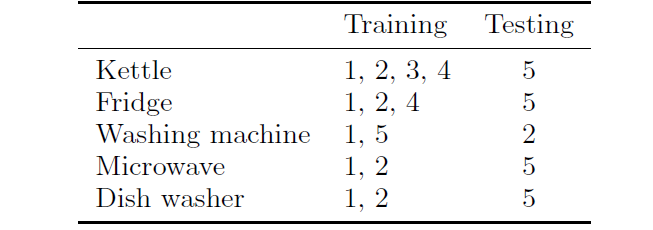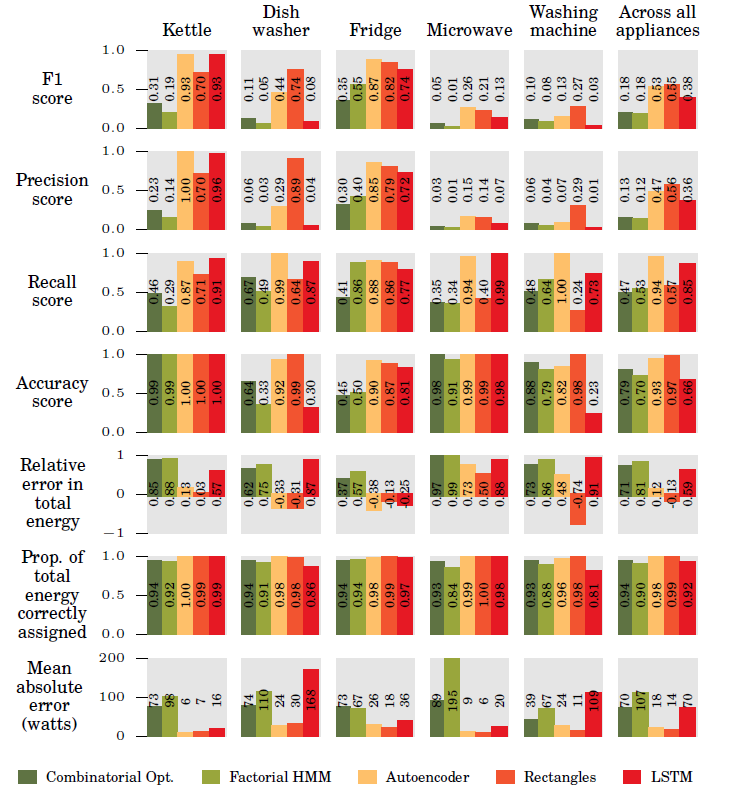Deep Neural Networks applied to Energy Disaggregation
- Bhushan Sonawane
Energy Disaggregation (NILM)?
Estimating power demand of individual appliance from a single meter.
Motivation
Motivation
- Itemized electricity bills from a single meter
- Use information at User level or at Grid management
- Identify Faulty devices
- Survey appliance usage behavior
What does the meter sees?

Demo
Let's talk about paper
Neural NILM: Deep Neural Networks applied to Energy Disaggregation
- Author (Imperial College London)
- Jack Kelly
- William Knottenbelt
- Link:
Goal
1. Adapt three DNN architecture
- Long Short-Term Memory (LSTM)
- Denoising Autoencoders
- Regressing network
2. Comparing Benchmark
- Combinatorial algorithm
- Factorial Hidden Markov Models
3. How well generalizes to unseen house?
Training Data
UK-DALE dataset
- Aggregate main power sampled every 6 second
- Trained one network per target appliance
Choice of appliances
- Appliances chosen-
- Fridge, Washing Machine, Dish Washer, Kettle and Microwave
- Small appliances cannot be used .

Houses used for training and testing
Let's move on to Networks
1. Recurrent Neural Netowork

INPUT: Aggregate power data
OUTPUT: Sample of power data for the target appliance
2. Denoising Autoencoders

Tries to reconstruct input
Given a input(noisy) aggregate power,
reconstruct power demand of target appliance
3. Regress Start, End Time & Power
Draw rectangle around each of the appliance activation in aggregate data
Results
Summary
- Author used NILMTK's benchmark implementation of CO and FHMM
- dAE and Regressing outperforms CO and FHMM
- LSTM outperforms CO and FHMM on two-state appliances but falls behind on multi-state appliances

We just learnt about Precision and Recall
